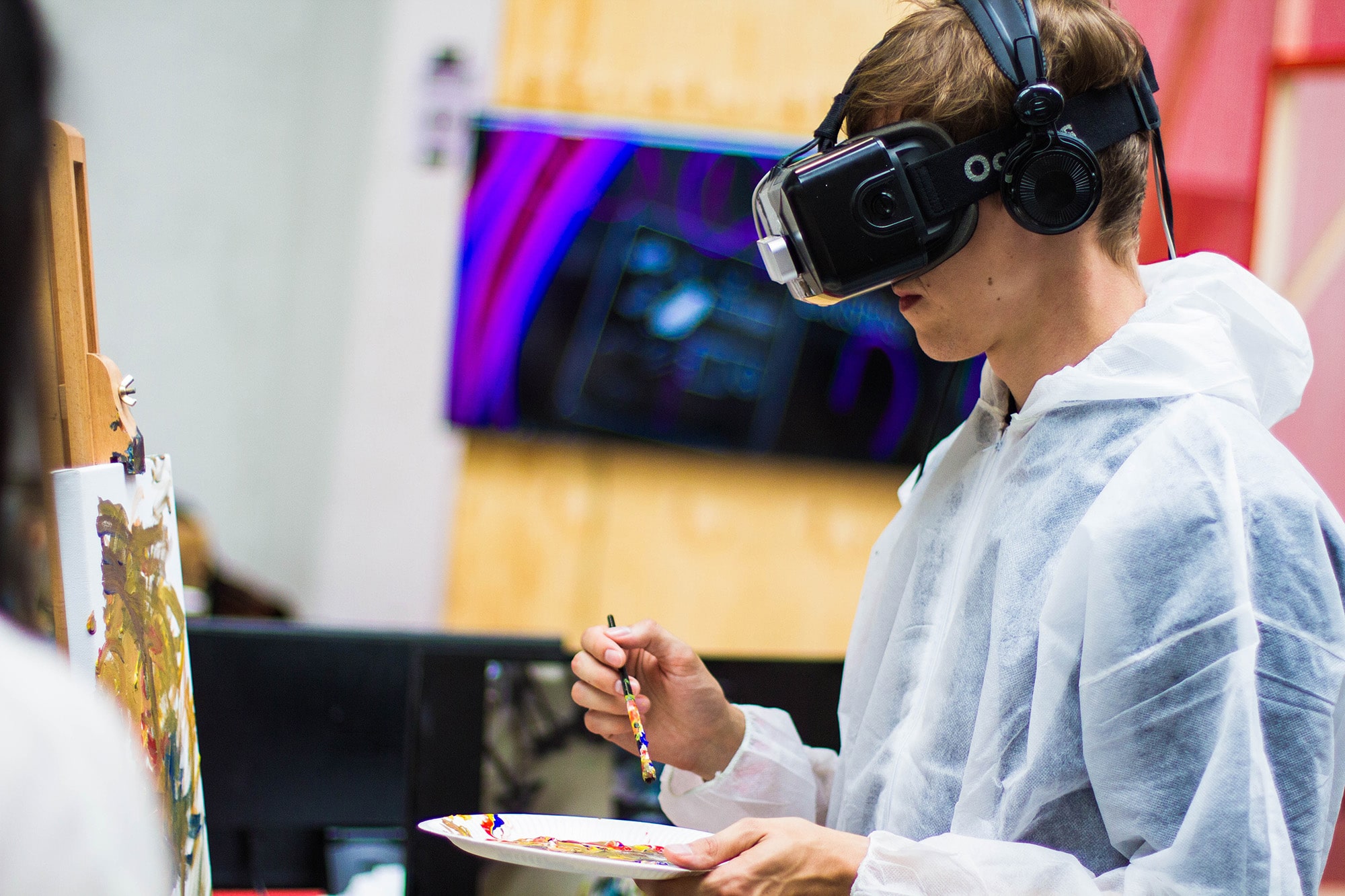Earning a living as an artist is no small accomplishment. Many people are artists as a hobby, perhaps earning extra income from their work. However, only an elite few reach the point where they can pursue their art full-time. Those that do understand the business side of being an artist and the value of knowing how to present their work to the public. Because of this, many artists choose to earn a bachelor’s and eventually master’s degree in their field. It is certainly not necessary to pursue higher education in order to become an artist. However, the opportunity to refine your artistic skills, receive feedback on your work, and present your work to the public can be invaluable in developing your artistic voice.
While painting and sculpture are classics that never go out of style, there has been a massive revival of crafts. It is likely one of the oldest of art forms, second only to singing, dancing, and face/body painting, as human beings applied their creativity to creating new technologies in a way that was aesthetically pleasing. However, the distinction between ‘craft’ and ‘fine art’ is arbitrary. Artists make sculptures that can be used for chairs and tables, and ceramic bowls can feature intricate paintings. College art programs are responding to this by expanding and improving the quality of their programs in a broad range of arts, allowing students to create freely and placing as high an emphasis on work of art that can be hung on a wall as those that can be hung on someone’s ears.
Also, many artists seek to incorporate technology into their works to create an art forms that include light, sound, and even a changing experience for each different observer. Because of this, the artist needs to have a strong technical background in order to use the technology or even innovate within the technology to present it as part of their art. This can mean something different for each artist, from creating new special effects for film to a work of art where the lights and sound change as the viewer walks through a corridor or around a labyrinth.
College programs in the arts are as diverse as artists themselves. The revival of craft and new technologies are prompting schools to rethink the importance of their arts programs. There are many great stand-alone art schools, but even big universities are focusing on art. One such school is Rochester Institute of Technology (RIT). As the name implies, RIT built its reputation on its programs in the sciences and technology. However, the school also has a prestigious and dynamic College of Imaging Arts and Sciences where students will find cutting-edge facilities and interdisciplinary programs that combine art and science and engineering. Whether you want to create beautiful everyday items or make something that’s out of this world, there is a program that can hone your skills and help you in your career.



